Insect repellants keep pesky insects at bay. Insects are not only annoying, they can also be harmful. But the insect repellants must be used with caution. The funds are often indispensable, especially on vacation.
What are insect repellants?

Insect repellants are available on the market in various dosage forms. Spray or creams are used quite often, but such a remedy is also available as a gel. Mostly, however, a spray is used in an aerosol container that releases the liquid in bursts.
An insect repellent always has the same goal, the insects should be repelled: wasps, moths, mosquitoes, flies or even cockroaches are killed with it. In some cases, these insects are even dangerous to humans, they can transmit diseases and cause skin rashes.
There is, for example, the risk of contamination with germs, because if the flies have romped around on a dung heap beforehand, they can easily carry leftovers or pathogens with them. Moths will likely eat holes in clothing and mosquitoes will poke them. They can be very tough on people because the stings itch and diseases such as malaria can also be transmitted.
This is why very strong insect repellants are sometimes used, which help, but unfortunately also contain insecticides.
Shapes, types & types
You can spread the bug sprays in living rooms with caution, normally all annoying insects will be killed. Unfortunately, there are also other animals such as bees. Moderate handling should be a matter of course.
These agents can be equipped with a wide variety of insecticides. Pyrethroids and piperonyl butoxide are very common. Pyrethroid has been used for a very long time, it is one of the oldest insect control agents. It is made from the dried flowers of some species of chrysanthemum. The agents have a very strong effect on insects, but pets are hardly affected. Here the toxicity is very low.
Pyrethroids are a modification, but half of them are synthetically produced. The effect is much stronger. Transfluthrin, thetramethrin and permethrin are known. These agents are used effectively in insect repellants. Piperonyl butoxide is not one of the insecticides, but this substance is found in insect sprays. It often forms the basis for pyrethroid and enhances the effect of the remedy.
Caprylic acid is also present in insect repellants, it is a biological agent that is not a neurotoxin. Insects have an essential chitin shell, which is dissolved by the caprylic acid.
Structure & functionality
As a rule, organophosphorus compounds are added to insect repellants. This is a chemical agent that blocks the action of the enzyme acetylcholinesterase. This is a sending substance in the nervous system. In the nerve center, this substance is released by motor neurons. Then the muscle contact rion is stimulated and the nerves are permanently excited.
Pyrethroids are often used in insect repellants; they are nerve toxins that act as contact poisons. However, humans and several species of mammals are equipped with enzymes that break down the pyrthroids quickly, which is why these agents are hardly harmful. With the insects, however, it is different, they do not have the body's own enzymes and can therefore not defend themselves against these insect remedies. With them death occurs.
Insects also die from permethrin, which is absorbed through the surface of the body. It then spreads throughout the insect's body and it dies. Permethrin is also used in remedies for dogs. Fleas, lice, ticks and mites are combated in this way. However, permethrin is only suitable for dogs; cats must be treated differently. Their organism cannot break down the active ingredient, they too would die.
The use of insect sprays is very controversial, but depending on the circumstances, the advantages outweigh other means. A fly swatter is a natural remedy, but mostly ineffective. The light sources also magically attract mosquitoes, an insect repellent is often the only really effective remedy.
Medical & health benefits
However, insect repellants should be used with caution. Too high a dosage can cause side effects, such as reddening of the skin, burning sensation in the eyes or itching Episode. Usually these symptoms go away quickly.
If inhaled, the remedies can cause greater damage: visual disturbances, feelings of fear, hearing impairment, dizziness, nausea and headaches can occur afterwards.
If there are babies and young children in the home, the application really needs to be reconsidered. You have significantly fewer enzymes available for detoxification.
Insect repellants are often criticized because they contain chemical ingredients. Sometimes, however, these agents can make a major contribution to health, because they prevent the transmission of pathogens through mosquitoes and flies. These remedies can also be very helpful in the case of allergies, such as those triggered by a wasp sting. A wasp's sting can be very painful. Malaria and yellow fever are also transmitted by mosquitoes.
The insect repellants must always be used properly. If the agent was used as a room spray, the room should not be entered for several hours. Only when the agent has evaporated again should the room be properly ventilated and the dead insects removed.
Products against bee stings, wasp stings & insect stings

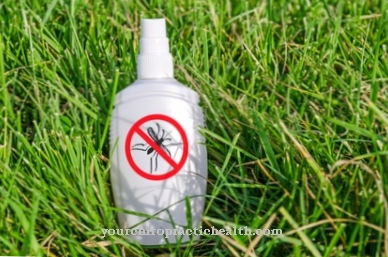
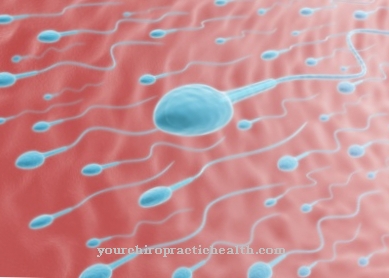

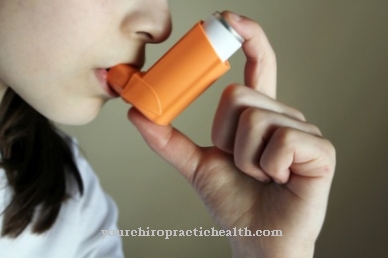
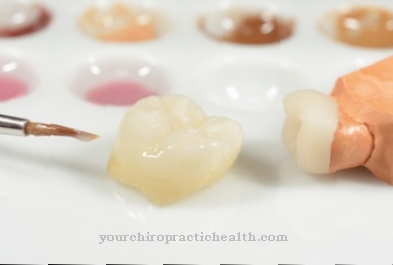
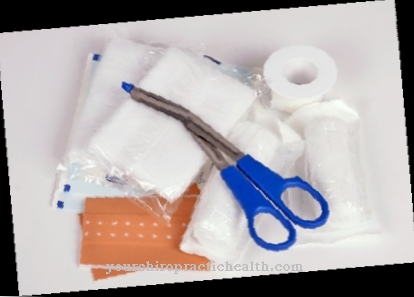





.jpg)






.jpg)

.jpg)


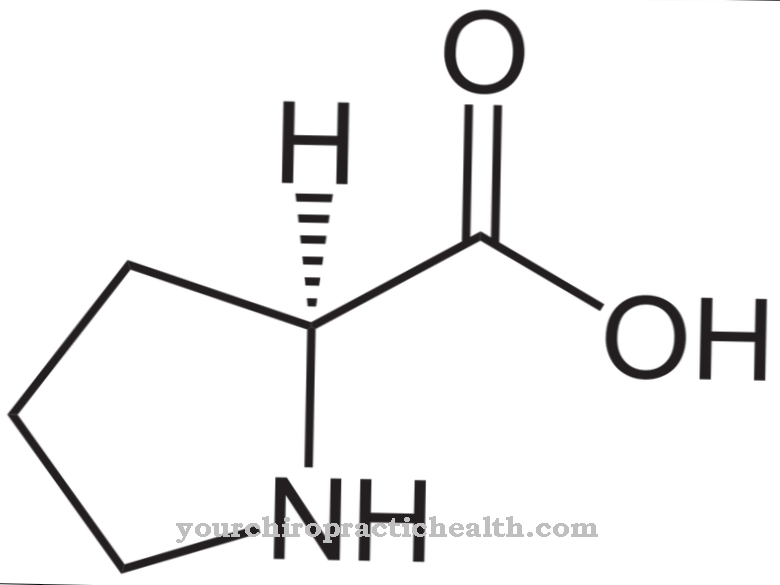

.jpg)

